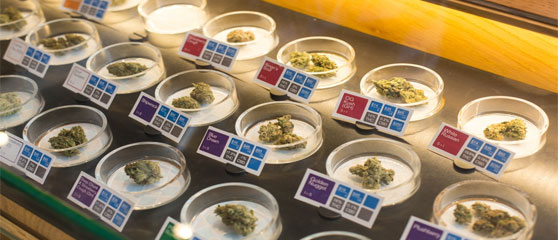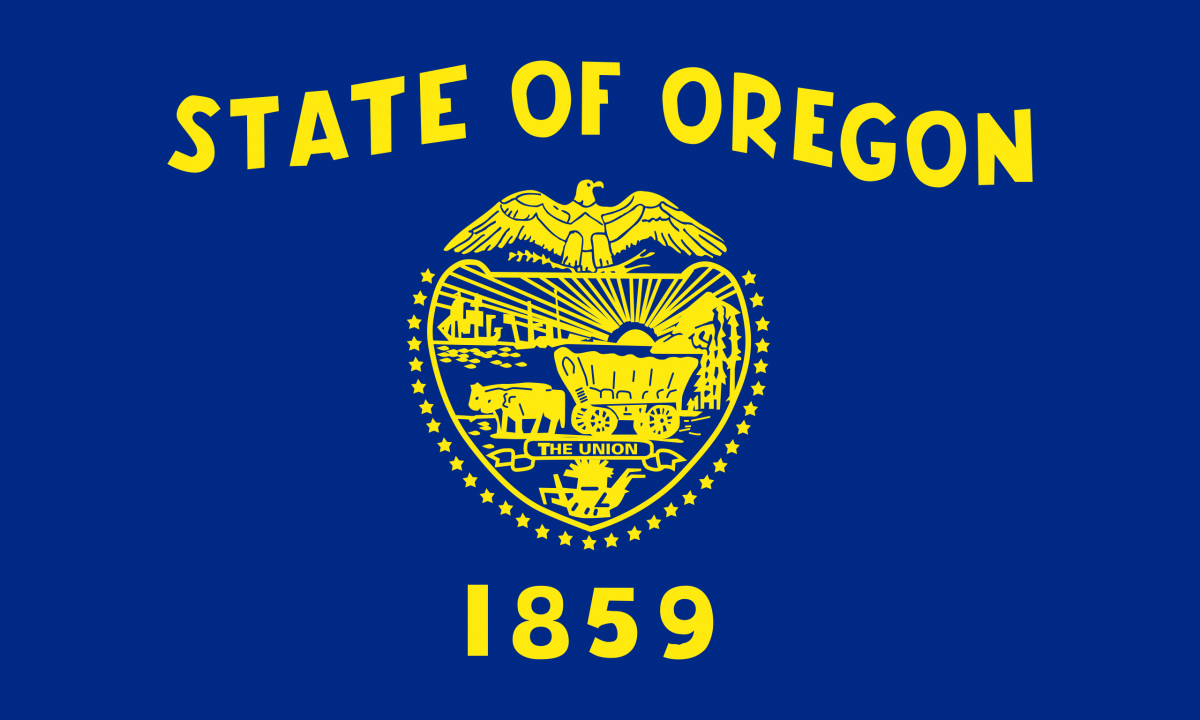Anyone born in a favela or on the outskirts of Rio de Janeiro has to quickly develop psychological mechanisms similar to any human being who has the displeasure of living in war. The recurrent shootings and confrontations traumatise and sicken a poor, Black population, which for this reason lives under the continuity of oppression and remnants of dictatorship.
Brazil’s drug policy is unjustified, neither from an economic or justice point of view; for decades, it has failed to achieve its supposed objectives of combating drug trafficking and dismantling armed groups. However, Brazil often has more than 40,000 violent murders a year, most of which are the result of the “war on drugs”, which here we call the “war on Blacks and the poor“. Certain practices, such as the invasion of homes without a warrant, aggression, torture and disappearance of civilians, as well as countless extra-judicial executions, date back to the oppressive period of the civil-military dictatorship (1964-1985), which ended with re-democratisation, but remained in place for people living in favelas and city outskirts.
When we think about drug prohibition, we have to go back a little further in time to when Brazil pioneered the prohibition of cannabis. The state controlled the plant used by Africans and Afro-Brazilians without scientific justification, but as part of a series of impositions on African culture in Brazilian lands. Prohibition today, as before, is maintained for moral and economic reasons around controlling certain bodies.
Death is hypocritical in Brazil, because the same police who kill mercilessly in the favelas also traffic and consume the same powder they find there.
However, the problem isn’t the drugs or those who use them, but the violence and criminalisation that certain people must face with a death-making policy that uses drugs as a “smokescreen”. In fact, drugs are infinitely less dangerous than the Brazilian state and its war machine. Drugs should be a public health issue, focused on caring for people who develop problematic use and guaranteeing the health of our population in general.
Prohibition prevents a better relationship between society and drugs, making it impossible to access information and health, better regulation and protection for groups at risk.
What is the mental health state of people who live with the constant possibility of death? And what about the children in schools who have to hide under their desks while bullets come through their classroom windows? I could ask a whole series of questions that are unlikely to be answered fairly.
While some profit, the majority become sick. This illness, which is barely noticed by society and public authorities, is worrying. The people who most need access to health services are the ones who access them the least, since the criminalisation of favela territories “justifies” their existential precarity, particularly through the absence of certain public services, such as health, education and basic sanitation.

The invisible walls of the favela
Due to a lack of access to basic rights and to the city, many young people are trapped within four invisible but clearly defined walls, which are the boundaries of their favela. These walls are the result of a combination of oppressions, ranging from the approach of the police to the way they are treated by ordinary civilians who, overcome by racism and aporophobia (a concept created in the 1990s by the Spanish philosopher Adela Cortina to designate an aversion to the poor, which manifests itself from individual attitudes to public policies. In Brazil, it is also known as “pobrefobia“). Despite such disadvantages and discouragement, the favela population has never lowered its head and occupies the most diverse spaces. We will occupy all spaces!
Every year, the police organise operations to monitor and control the entry of buses from the suburbs to the Zona Sul, the city’s most affluent area. With the claim that they want to combat “arrastões” (an expression used to describe for robberies carried out by a large group of people who take people’s belongings, usually on beaches or public places) and muggings, Black and poor people are the usual suspects. The main crime prevention strategy is to just block their access to public leisure areas.
In Rio, as in other Brazilian cities, there was a “racial apartheid”. Although “official history” doesn’t treat it this way, racial segregation did occur, albeit in a veiled form. Throughout the 20th century, the idea was created that these lands lived in a “racial democracy”, where the three races – whites, Blacks and indigenous people – lived together harmoniously, since miscegenation (mestiçagem), the fruit of mixing between these races, was living proof of their good coexistence.
However, it is known that the “mixture” between these races is the result of yet another process of colonial violence, the rape committed by white men against Black and indigenous women, as well as the policy of whitening the Brazilian population, firmly established in the First Republic in 1889, one year after the supposed abolition of slavery.

Creating controlled spaces
There was no shortage of control and repression measures for the newly freed black population. One of the first measures established by the then capital of the Republic was to get rid of the colonial aspects and slavery, promoting urban and social reforms that would erase the unwanted past. As well as erasing the colonial past present in the architecture, they took the opportunity to remove and expel the “undesirables” to the edge of the city, to the margins.
The demolition and removal of the old cortiços (tenements used for collective housing) was accompanied by laws that prohibited people from moving around in the centre of Rio if they weren’t wearing shoes or hats. Although the law wasn’t aimed at Black people, it was precisely those who were affected. Just like the vagrancy law, a crime laid down in the Criminal Code of 1830 and the Penal Code of 1890, the first of the Republic, which penalised the Black population lacking “formal work”. These mechanisms were reworked and refined throughout the 20th Century.
Deprived of a place in the city and access to formal housing, this population began to live in places that would come to be called favelas. The favela is the result of a political decision, made possible in a society that remained slave-like, with highly concentrated wealth borne out of low wages for working class enough to be able to financially support regular housing.
Today, drug trafficking is the main reason for controlling and oppressing favelas. The criminalisation of the favela’s territory and its population by the mainstream media maintains our people’s racist mentality. This results in social apathy towards the violation of lives in favelas, where atrocities and human rights violations don’t seem to cause uproar across Brazil.
However, the favela is a city, just as the favela dweller is a citizen. Everything that has been achieved so far is the fruit of much struggle and bloodshed. Even in precarious conditions, favela residents have fought for the right to housing, the right to water and electricity, the right to study and to be recognised as workers. But life isn’t just about work! We were the ones who built this city and we have a right to it. We can be at the beaches, museums, shopping centres, parks and also in the favelas. The problems continue, but today we know who is really responsible.


